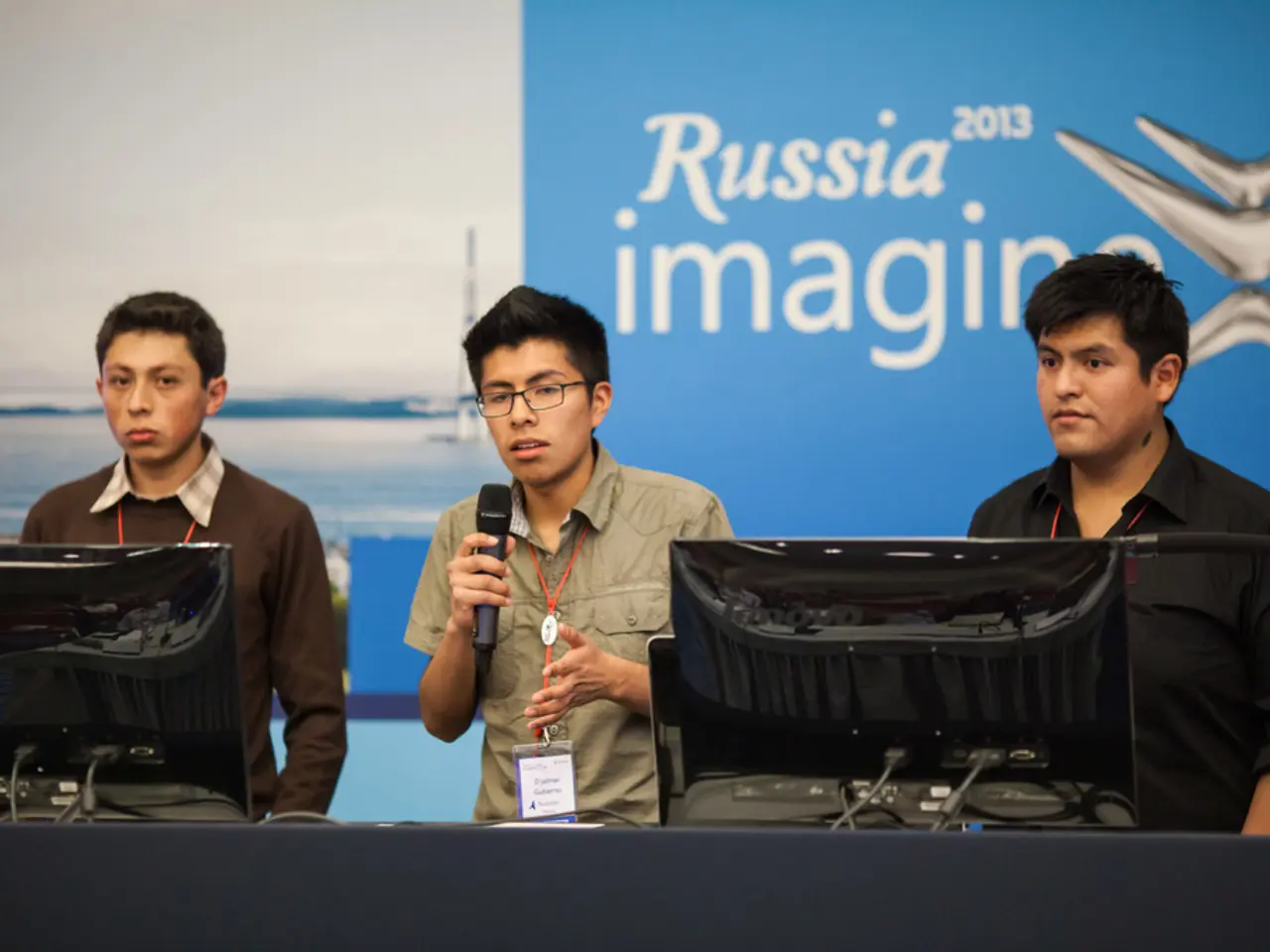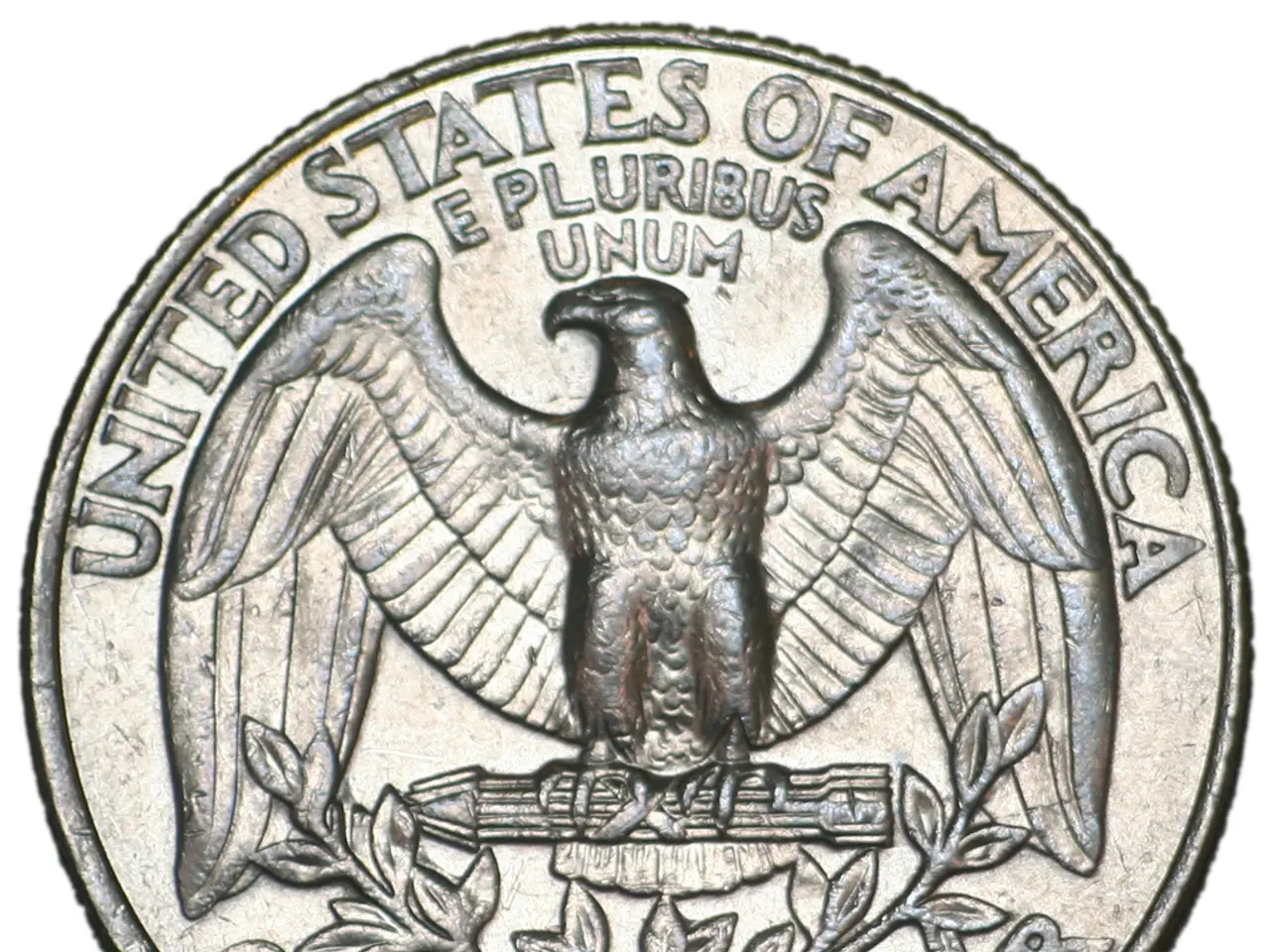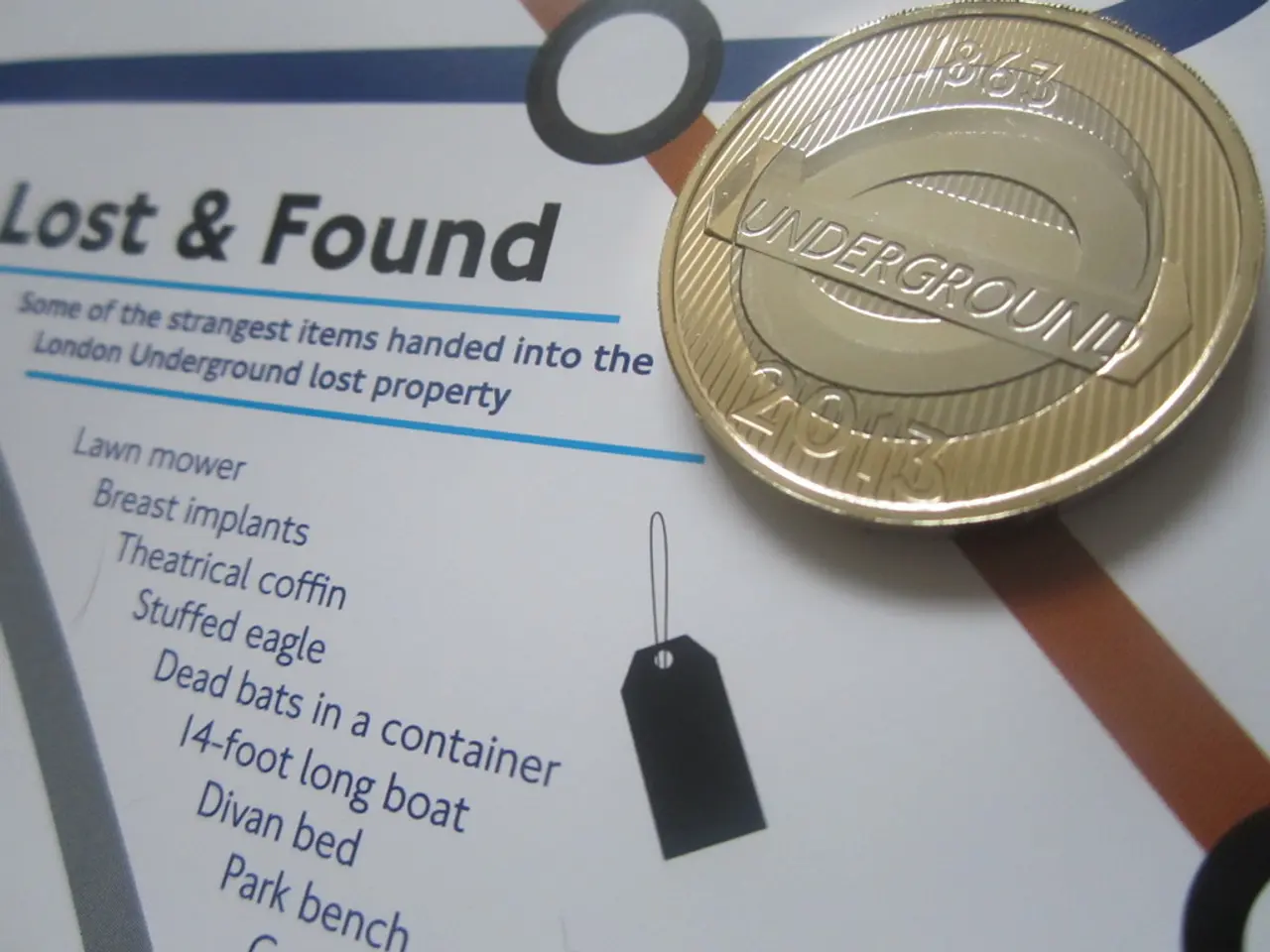Russia's parliament, the State Duma, has declared the typical pension amount in the country
In the Russian landscape, pensions have seen a slight increase as of July 1, 2025, with the average pension now standing at 23,456 rubles per month, a rise of 281 rubles since the start of the year. These figures, reported by the Social Fund of Russia, also reveal that one pension credit in Russia is worth 145.69 rubles.
The size of pensions in Russia is primarily influenced by the length and amount of social security contributions, the type of pension scheme, and the number of years worked. For working individuals, pensions are calculated based on accumulated contributions, work duration, and earnings history, creating a variable component in their pensions. Non-working individuals, on the other hand, receive pensions mainly based on state-set minimum standards or guaranteed social payments, ensuring a basic pension regardless of employment history, but with lower benefit amounts compared to those with longer or higher contributions.
Working pensioners in Russia currently receive an average of 21,115 rubles, while non-working pensioners receive almost 24,000 rubles. The remaining fixed payment in a Russian pension amounts to 8,907.70 rubles.
It's worth noting that women's pensions in Russia have surpassed men's for the first time in ten years, with women receiving 23,249 rubles and men receiving 23,028 rubles. This shift in gender pension disparity is a significant development in the Russian pension system.
Pension adjustments in Russia are made twice a year - in January and August - to keep pace with economic changes and inflation. Additionally, residents of the Far North and certain other categories of citizens in Russia receive special supplements or calculations based on special rules.
Recent and proposed reforms aim to strengthen ties between contributions and benefits, introduce mandatory savings systems, and adjust social assistance and minimum subsistence levels to influence pension sizes. These reforms are part of a broader international trend where long-term contributions and earnings levels significantly impact pension amounts, and non-workers rely more on minimal social support.
Furthermore, additional support programs exist, such as one-time payments for families with children, which indirectly affect pension outcomes by improving socio-economic conditions.
Sources: 1. International Labour Organisation 2. Social Fund of Russia 3. Various news articles on Russian pension system reforms and adjustments.
Finance plays a crucial role in determining the size of pensions in Russia, as it affects the length and amount of social security contributions, the type of pension scheme, and the number of years worked. Businesses, in particular, are essential contributors to the social security system, as their employees' contributions help shape the pension benefits received by retirees.




